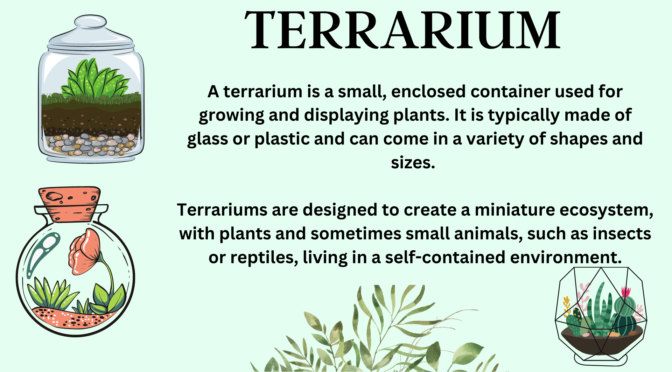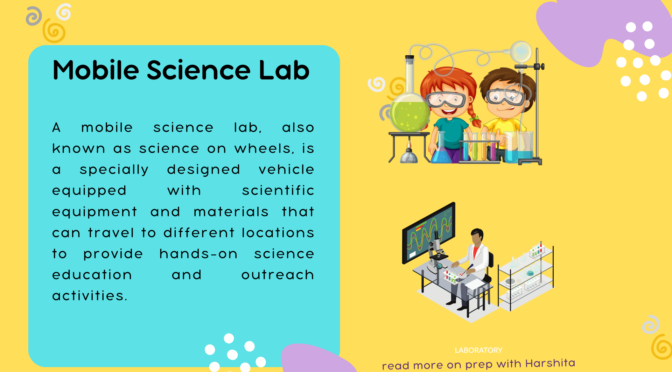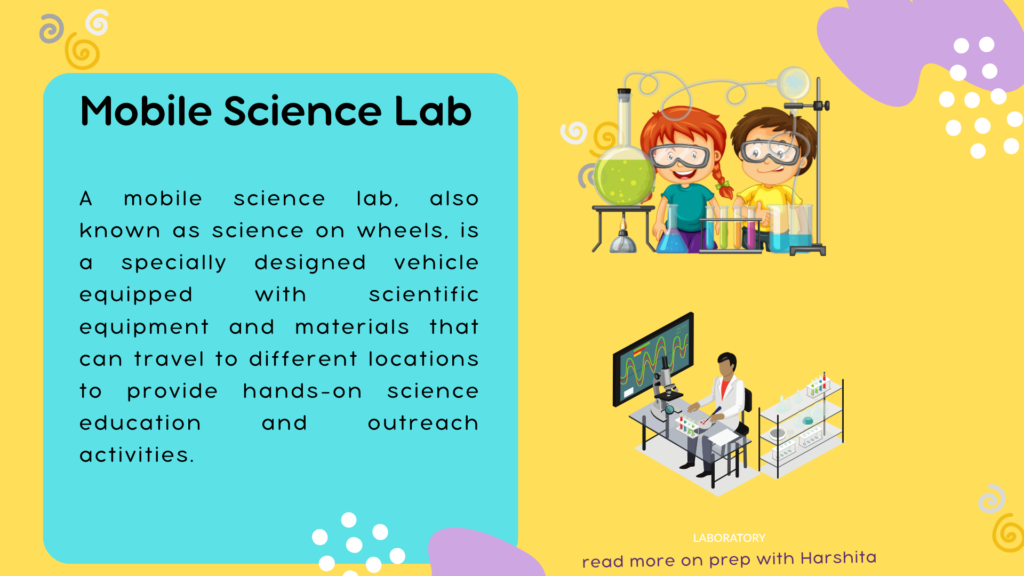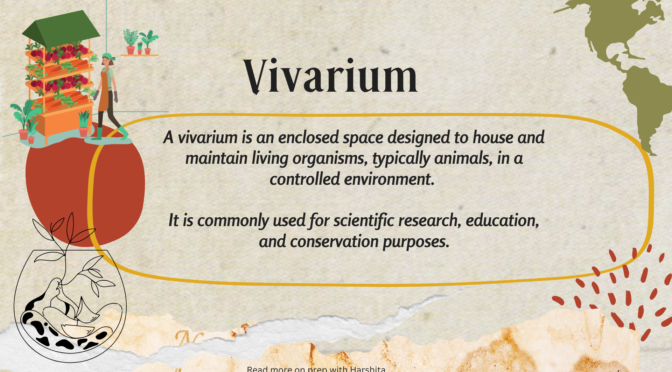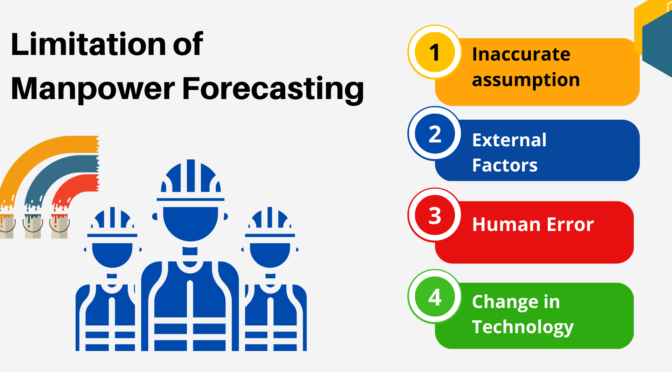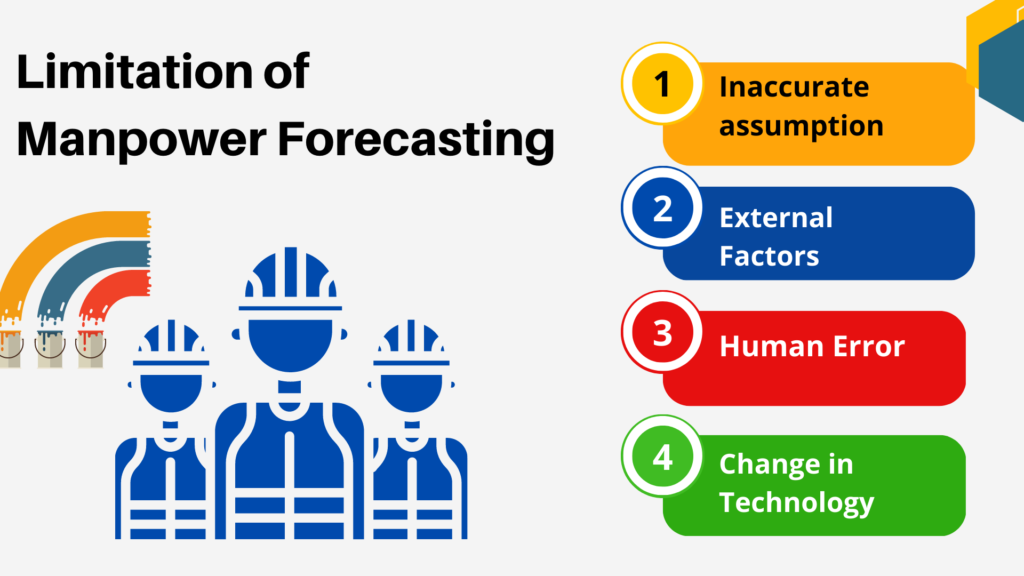A terrarium is a small, enclosed container used for growing and displaying plants. It is typically made of glass or plastic and can come in a variety of shapes and sizes. Terrariums are designed to create a miniature ecosystem, with plants and sometimes small animals, such as insects or reptiles, living in a self-contained environment.
Terrariums are often used as decorative objects in homes, offices, and other indoor spaces, as they can add a touch of nature and greenery to any setting. They are also popular among plant enthusiasts and hobbyists, who enjoy creating and maintaining these miniature ecosystems.
Terrariums are relatively easy to care for and can be designed to meet the needs of a variety of plant species. They require little watering and can be grown in a range of lighting conditions, making them ideal for indoor environments with limited sunlight. They can also be customized with a variety of decorative elements, such as rocks, shells, and figurines, to create a unique and personalized display.
Also Read: Vivarium
Terrariums offer several benefits, including:
- Easy to care for: Terrariums are low-maintenance and require minimal watering, making them ideal for people who are busy or who may not have a green thumb. They can also be designed to thrive in a range of lighting conditions, making them suitable for many indoor environments.
- Aesthetic appeal: Terrariums are aesthetically pleasing and can add a touch of nature and greenery to any indoor space. They come in a variety of shapes and sizes, and can be customized with a range of decorative elements, such as rocks, shells, and figurines, to create a unique and personalized display.
- Air purification: Plants in terrariums can help to purify the air by absorbing pollutants and releasing oxygen. This can help to improve indoor air quality and create a healthier living environment.
- Stress relief: Studies have shown that interacting with plants can help to reduce stress and improve overall well-being. Having a terrarium in your home or office can provide a calming and relaxing atmosphere, and can help to promote a sense of peace and tranquility.
- Educational value: Terrariums can be used as educational tools to teach children and adults about plant growth and ecosystem dynamics. They offer a hands-on way to learn about the natural world and can be a fun and engaging way to promote scientific curiosity and interest.
Also Visit: Prep with Harshita


